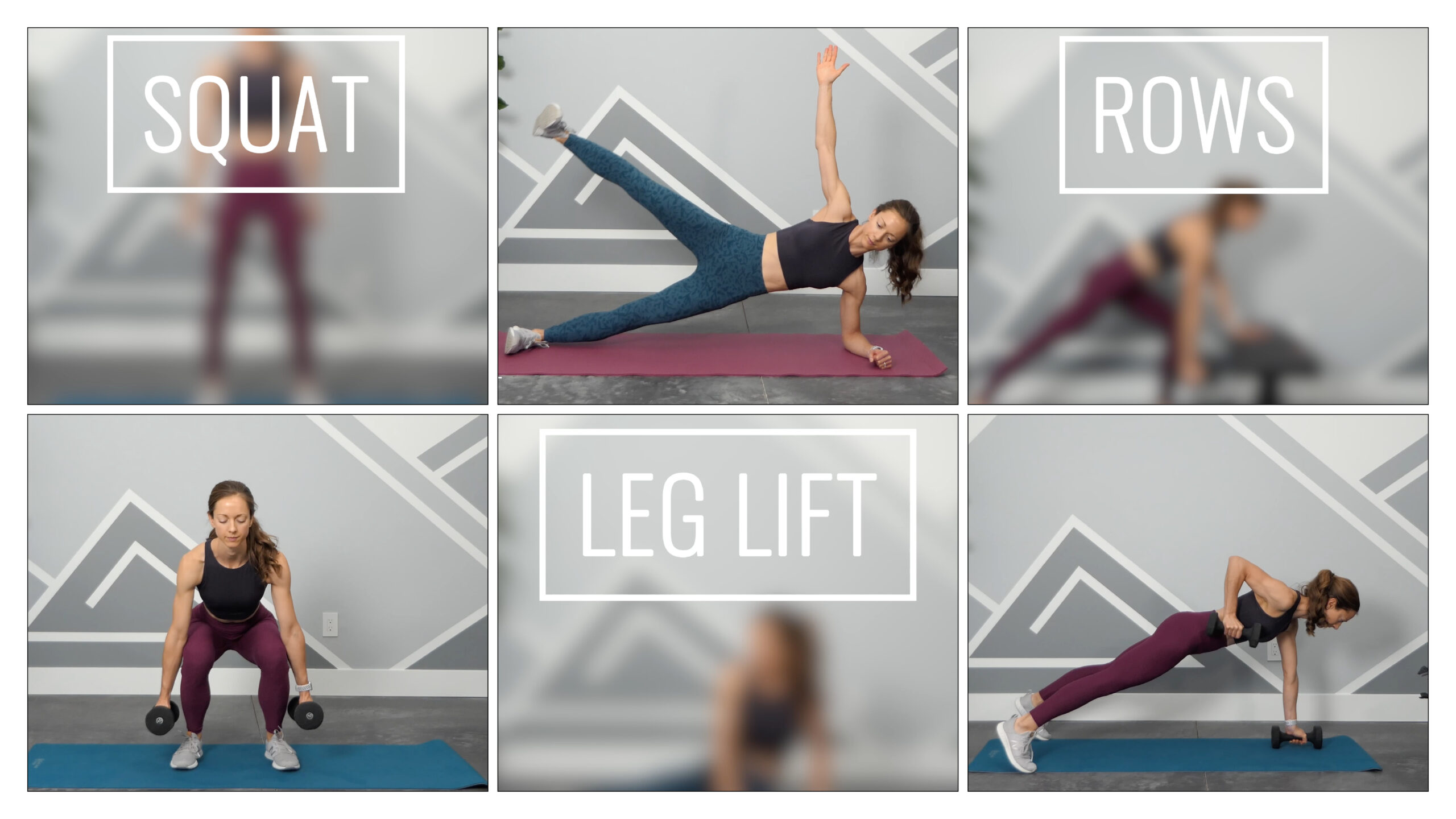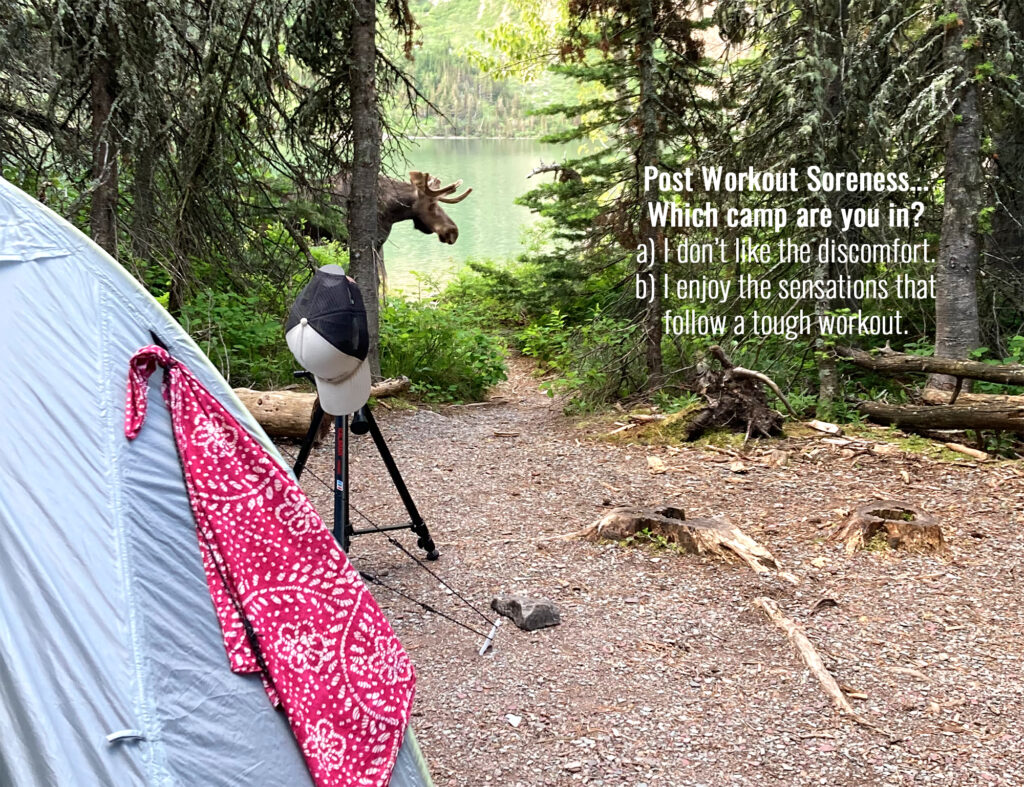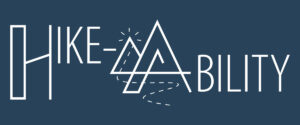Your cart is currently empty!

Post Workout Soreness
—
by
Post workout soreness… some LOVE it, some hate it.
Everybody responds to exercise differently, but experiencing some amount of post workout discomfort is normal. This is especially common for individuals who were previously inactive, or when starting a new type of workout or activity. Muscle weakness, stiffness, fatigue, discomfort, and/or soreness can occur for several days following physical activity and this is known as delayed-onset muscle soreness (DOMS).
During the eccentric phase of a movement the muscle fibers are lengthened and low levels of micro-trauma occurs. These micro-tears in the muscle activate an immune response from the body to heal the muscle fibers. This healing and repair of the muscles results in stronger muscles. If you do experience DOMS, please don’t let it discourage you. Know that the muscle discomfort will pass, and that you won’t experience it every time you workout. With each subsequent workout you will get less “damage” to the muscle fibers, and your body will learn how to be more efficient in the repair process.
While it’s common, and completely normal, to have some soreness following a workout, it’s not a gauge of effectiveness. While some may find muscle soreness rewarding or feel that it signifies an accomplishment, there’s no need to “chase” pain or adopt the “No pain, No gain” mentality. If an experience with DOMS has created a negative association to exercise for you, I encourage you to try again and take a more gradual approach to training.
There’s no need to “chase” pain or adopt the “No pain, No gain” mentality
TIPs to MINIMIZE POST WORKOUT SORENESS
The best way to minimize DOMS is to follow a structured training plan that gradually increases workout volume and intensity. Often, especially when starting something new, there’s an eagerness to try and fully maximize your effort and results in every way possible. However, taking a gradual approach will help you avoid potential injury, and prevent being so sore the next day that you can hardly move.
Use a workout log to track the details (reps, sets, incline, intensity, etc) of each workout, and make notes on how you feel during and after each session. Listen to your body and make appropriate adjustments as needed.
If you are new to strength training, start with just one set of an exercise using a light weight (or just your bodyweight) and see how your body feels. It may take some trial and error, but be patient with the process. Gradually increase your reps, sets, and intensity of each exercise (but not all at once!).
Is it safe to workout when you are still sore?
Yes, you can workout while you are sore, but listen to your body. You may need to decrease the volume or intensity of your training for a period of time. However, if the soreness is preventing you from executing proper movement pattern or form, then it would be best to take a “rest day” or choose a different activity for your workout.
How to reduce muscle soreness & aid in recovery:
- Stay hydrated
- Consume quality protein
- Get adequate sleep
- Engage in active recovery
- It’s best to avoid taking anti-inflammatory medication. Inflammation does occur as a part of the immune response to micro-trauma, but this is a normal and important part of the healing and recovery process.
- Always consult your healthcare provider prior taking or applying any medications (even over-the-counter products), or before attempting any unconventional recovery methods.

Love it or hate it, don’t let post workout soreness prevent you from achieving your fitness goals.
Remember to workout at the appropriate intensity, listen to your body, and allow adequate recovery and you’ll get the experience and results you’re desiring.
Which camp are you in? Comment below and let me know what your personal experience has been with DOMS, and if you found this article helpful.
Kristen, CPT and creator of the HIKE-ABILITY Training Program

Disclaimer: All information, content, and material (including associated text, videos, and links) on this website is provided in good faith and is for informational and educational purposes only. It is not intended to serve as a substitute for the consultation, diagnosis, and/or medical treatment of a qualified physician or healthcare provider. All exercise has inherent risks. Before beginning any type of exercise, please consult your health care provider.




Leave a Reply